Review of the Day: Heart and Soul by Kadir Nelson
 Heart and Soul: The Story of America and African Americans
Heart and Soul: The Story of America and African Americans
By Kadir Nelson
Balzer and Bray (an imprint of Harper Collins)
$19.99
ISBN: 978-0-06-173074-0
Ages 9-12
On shelves now
Humans tend to be a highly visual species. When folks tell you not to judge a book by its cover, that’s an optimistic sentiment rather than a rule. People like to judge by covers. Often we haven’t time to inspect the contents of all the books we see, so the jackets bear the brunt of our inherent skepticism. With this in mind, Kadir Nelson has always had an edge on the competition. If the man wants to get you to pick up a book, he will get you to pick up a book. You often get a feeling that while he doesn’t really care when it comes to the various celebrities he’s created books for over the years (Spike Lee, Debbie Allen, Michael Jordan’s sister, etc.) but when it’s his own book, THAT is when he breaks out the good brushes. Nelson wrote We Are the Ship: The Story of Negro League Baseball a couple years ago to rave reviews. Now he’s dug a little deeper to provide us with the kind of title we’ve needed for years. Heart and Soul gives us a true overview of African Americans from start to near finish with pictures that draw in readers from the cover onwards. This is the title every library should own. The book has heart. The pictures have soul.
An old woman stands in front of a portrait in the Capitol rotunda in Washington D.C. Bent over she regards the art there, recounting how it was black hands that built the Capitol from sandstone. “Strange though . . . nary a black face in all those pretty pictures.” Looking at them you would swear black people hadn’t been here from the start, but that’s simply not true. With that, the woman launches into the history of both our nation and the African Americans living in it, sometimes through the lens of her own family. From Revolutionary War soldiers to slavers, from cowboys to union men, the book manages in a scant twelve chapters to offer us a synthesized history of a race in the context of a nation’s growth. An Author’s Note rounds out the book, along with a Timeline, a Bibliography, and an Index.
ADVERTISEMENT
ADVERTISEMENT
 Kadir Nelson, insofar as I can tell, enjoys driving librarian catalogers mad. When he wrote We Are the Ship some years ago he decided to narrate it with a kind of collective voice. The ballplayers who played in the Negro Leagues speak as one. Normally that would slip a book directly into the “fiction” category, were it not for the fact that all that “they” talk about are historical facts. Facts upon facts. Facts upon facts upon facts. So libraries generally slotted that one into their nonfiction sections (the baseball section, if we’re going to be precise) and that was that. Now “Heart and Soul” comes out and Nelson has, in a sense, upped the ante. Again the narrator is fictional, but this time she’s a lot more engaged. The Greek chorus of baseball players in the last book spoke as a group and so the normally fastidious catalogers could look the other way. The old woman telling the tale in this book, in contrast, mentions family members, her opinion on various matters, and all kinds of personal details. She also, however, gives a good historical encapsulation of the past. With her voice, Nelson makes the book personal and gives it a bit of child-friendlier zing. In doing so, though, he’s going to drive folks who like books to sit squarely in one section or another nuts.
Kadir Nelson, insofar as I can tell, enjoys driving librarian catalogers mad. When he wrote We Are the Ship some years ago he decided to narrate it with a kind of collective voice. The ballplayers who played in the Negro Leagues speak as one. Normally that would slip a book directly into the “fiction” category, were it not for the fact that all that “they” talk about are historical facts. Facts upon facts. Facts upon facts upon facts. So libraries generally slotted that one into their nonfiction sections (the baseball section, if we’re going to be precise) and that was that. Now “Heart and Soul” comes out and Nelson has, in a sense, upped the ante. Again the narrator is fictional, but this time she’s a lot more engaged. The Greek chorus of baseball players in the last book spoke as a group and so the normally fastidious catalogers could look the other way. The old woman telling the tale in this book, in contrast, mentions family members, her opinion on various matters, and all kinds of personal details. She also, however, gives a good historical encapsulation of the past. With her voice, Nelson makes the book personal and gives it a bit of child-friendlier zing. In doing so, though, he’s going to drive folks who like books to sit squarely in one section or another nuts.
One criticism lobbed at the book is an opinion that Nelson’s encapsulation of history is too slight. Too oversimplified or overgeneralized. I think instead that what we’re dealing with here is an overview. An overview, mind you, of the overlooked. I don’t know about your children’s library shelves but mine aren’t exactly full to bursting with encapsulations of the vast swath of African-American American history created in as engaging a matter as this little number. In making this book, Nelson has had to boil down great complex moments and ideas into their simplest forms. It’s wonderful to see what’s taken his attention here too. The choice to open with “The Baptism of Pocahontas” in the Capitol rotunda of Washington D.C. is an inspired choice. From there Nelson starts right off by pointing out that for as long as America has been colonized, black people have been there alongside the colonizers. You get to see George Washington with one of his slaves (a nice visual companion piece to other 2011 books like Jefferson’s Sons by Kimberly Brubaker Bradley), and blacks who fought in the Revolutionary War (pair with Forge by Laurie Halse Anderson). The book hits a lot of the usual history like slavery, Reconstruction, and the Civil Rights Movement but it also finds time for things like The Great Migration (a topic I know I never heard mentioned when I was a kid), the role of WWI in the lives of black people, and how people were divided over Booker T. Washington. I was particularly taken with a section that gives attention to black women’s roles in getting women the vote. Nelson’s selections cannot possibly please every reader, but I’d say that when it comes to pinpointing the top moments, he has good taste.
That said, while I didn’t find the book to oversimplify as a whole, I did find individual sections would winnow down a moment or a person too far to be wholly understood without already having some history under your belt. One instance of this is when Nelson discusses Abraham Lincoln. After bringing up the Kansas-Nebraska Act Nelson’s narrator says, “It put fire in the bellies of abolition folks all over the Union, including a country lawyer named Abraham Lincoln. Because of it, that fellow decided to run for president.” I’m not saying that statement is necessarily untrue, but it sure does sound as if that was the sole reason the man decided to run for office. We know this is not the case. A perhaps more egregious passage was pointed out to me by a teacher friend of mine who found the book’s explanation of why we entered WWII confusing to say the least. First, we learn that the Nazis were occupying much of Europe and hurting people. Fair enough. Then the book says that the Japanese bombed Pearl Harbor. “We couldn’t stay out of it anymore, honey. It was time to saddle up and fight.” Now let’s say I’m a kid reading this book on my own with only the barest understanding of WWII. I’ve just read that the Germans were taking over Europe. Japan bombs us and now we’re at war with them. So what, if anything, does that have to do with the Germans? As an adult with a little history under her belt (very little) I know the connection, but Nelson kind of slips this one by. Passages like this need a bit more if they’re going to stand on their own.
As with any Kadir Nelson book, it’s the art that grabs you first. The cover sports an image that reminds you of classic Andrew Wyeth Americana. On it a strong young woman sits in a field, a baby in her arms. She sits in such a way that you get the impression that she is posing for her portrait. Her expression is neither happy nor sad, and as she looks at you she takes you in. Her hands belie the work she has had to do over the years. On her lap the baby is less guarded, but his eyes don’t focus on the viewer exactly. It’s like they’re tracking just the slightest bit to the left. A person could read whole tomes of novels in these two. This could well be our narrator on the jacket, though Nelson never identifies her as such. What’s more, I’ve just used about 146 words to describe a single solitary picture in this book. Now flip it open and see how many more await you inside. Some, like the burning KKK cross, are rough, and the canvas pokes out strongly beneath the paint. Others, like the portrait of Rosa Parks, belie Nelson’s delicate hand and tendency to play with shading and light. Two page spreads of images appear at times and some have suggested that these take you out of the narrative. Personally I disagree. I find them a smooth transition from text, back to text.
 As for the subjects in the pictures, Nelson makes some choices that surprised me. White people do appear from time to time, and it’s interesting to note what they’re doing at a given moment. They don’t move much, y’know. Nelson’s style is more comfortable with portraiture than action (violence is implicated here with silent whipping trees, fiery crosses and houses, or foggy images on old televisions), so when you see white people they are usually standing and regarding black people. The slavers on a ship or the customers at a sit-in in Greensboro stand and stare. Their faces are usually blank, though on occasion one will sport an angry expression. Then there are folks like George Washington who sit staring into the distance, utterly unaware of their servants and slaves, Lincoln, posing with tired eyes looking into the distance, or the National Guardsmen in Little Rock, Arkansas. Finally, by the end of the book, white people walk with arms interlinked with those of blacks in an effort to break down American injustice. Theirs is a journey too, albeit a much easier one.
As for the subjects in the pictures, Nelson makes some choices that surprised me. White people do appear from time to time, and it’s interesting to note what they’re doing at a given moment. They don’t move much, y’know. Nelson’s style is more comfortable with portraiture than action (violence is implicated here with silent whipping trees, fiery crosses and houses, or foggy images on old televisions), so when you see white people they are usually standing and regarding black people. The slavers on a ship or the customers at a sit-in in Greensboro stand and stare. Their faces are usually blank, though on occasion one will sport an angry expression. Then there are folks like George Washington who sit staring into the distance, utterly unaware of their servants and slaves, Lincoln, posing with tired eyes looking into the distance, or the National Guardsmen in Little Rock, Arkansas. Finally, by the end of the book, white people walk with arms interlinked with those of blacks in an effort to break down American injustice. Theirs is a journey too, albeit a much easier one.
Discussing whether or not children will enjoy reading a work of nonfiction is difficult when you don’t know the context in which they’ll be reading it. It’s my guess that nine times out of ten this book will be read by a student assigned it in school. They will scrunch their noses at the size but relax slightly when they see that it is only 108 pages or so. Then they may flip through and look at the pictures first. I know if I was ten and was handed this book that would be the first thing I’d do. And for the pictures that looked particularly interesting I might start to read. The kid who does that may then finally flip back to the beginning and go from there. If they do, they’ll encounter a book that with warmth and good humor manages to catalogue injustice after injustice without bitterness. They’ll learn about a portion of American history too little covered in the history books, even today. And in doing so they’ll be the hope and soul of the future of our nation. Nelson has done us a great service in creating this book for us. Let’s see if we’ve the guts and the moxie to take what he has given and put it to good use.
On shelves now.
Source: Final copy sent from publisher for review.
Awards: Just occurred to me, and maybe I’m being crazy, but this book could technically be considered a contender for the Scott O’Dell Award. That is, if you deem it fictional. No one ever has Scott O’Dell debates, but if they did, what would they decide about this one? As for Newbery, for some of the reasons stated in the review I  don’t think this book will be garnering that particular award. Caldecott, however . . . .
don’t think this book will be garnering that particular award. Caldecott, however . . . .
Misc: Happy, Nonfiction Monday! Head on over to Apples With Many Seeds for the round-up of great nonfiction books for kids and teen reviewed across the web.
Videos:
But don’t take my word for it . . .
Filed under: Best Books of 2011, Reviews
About Betsy Bird
Betsy Bird is currently the Collection Development Manager of the Evanston Public Library system and a former Materials Specialist for New York Public Library. She has served on Newbery, written for Horn Book, and has done other lovely little things that she'd love to tell you about but that she's sure you'd find more interesting to hear of in person. Her opinions are her own and do not reflect those of EPL, SLJ, or any of the other acronyms you might be able to name. Follow her on Twitter: @fuseeight.
ADVERTISEMENT
ADVERTISEMENT
SLJ Blog Network
One Star Review, Guess Who? (#211)
Kevin McCloskey on ‘Lefty’ | Review and Drawn Response
Notable NON-Newbery Winners: Waiting for Gold?
The Seven Bills That Will Safeguard the Future of School Librarianship
Take Five: Newbery Picks, Part Two
Gayle Forman Visits The Yarn!
ADVERTISEMENT



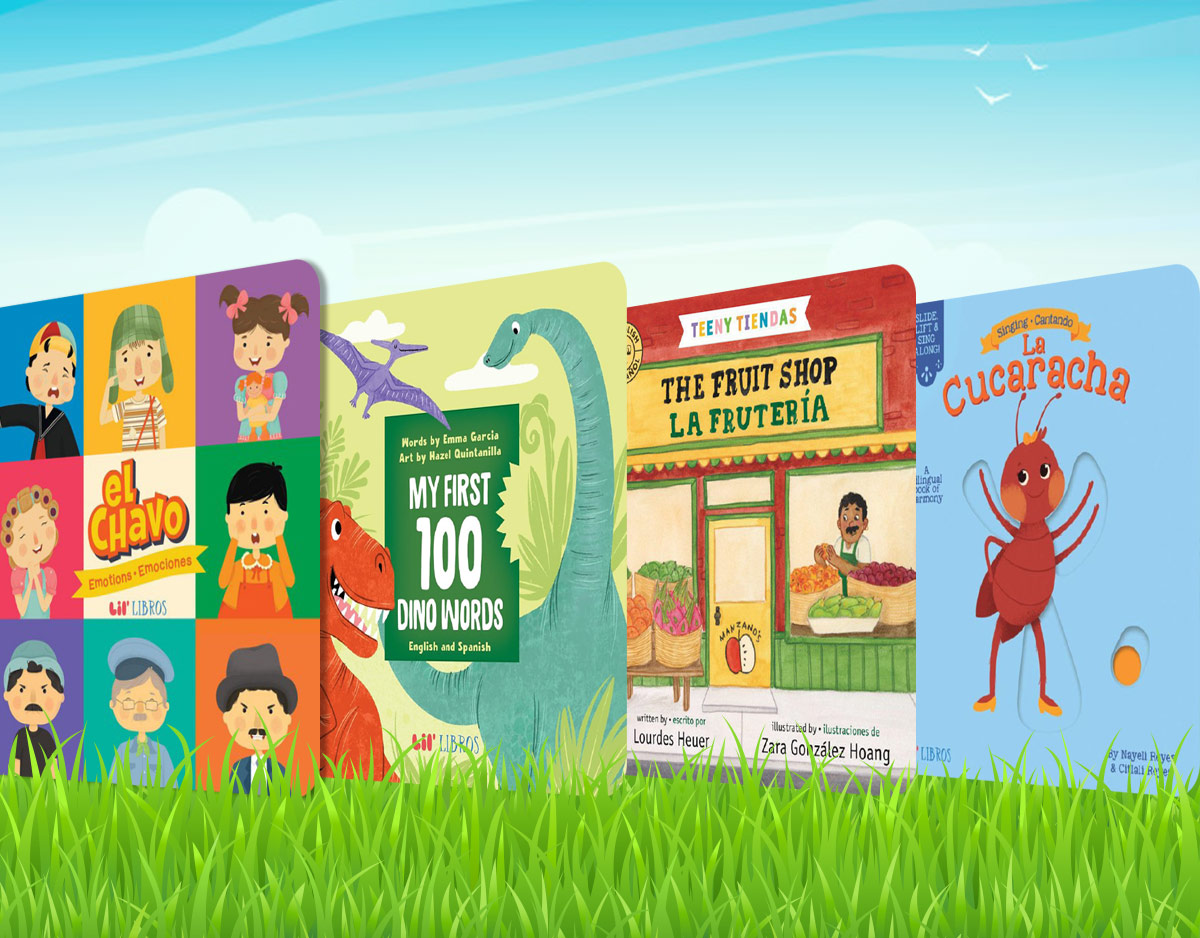
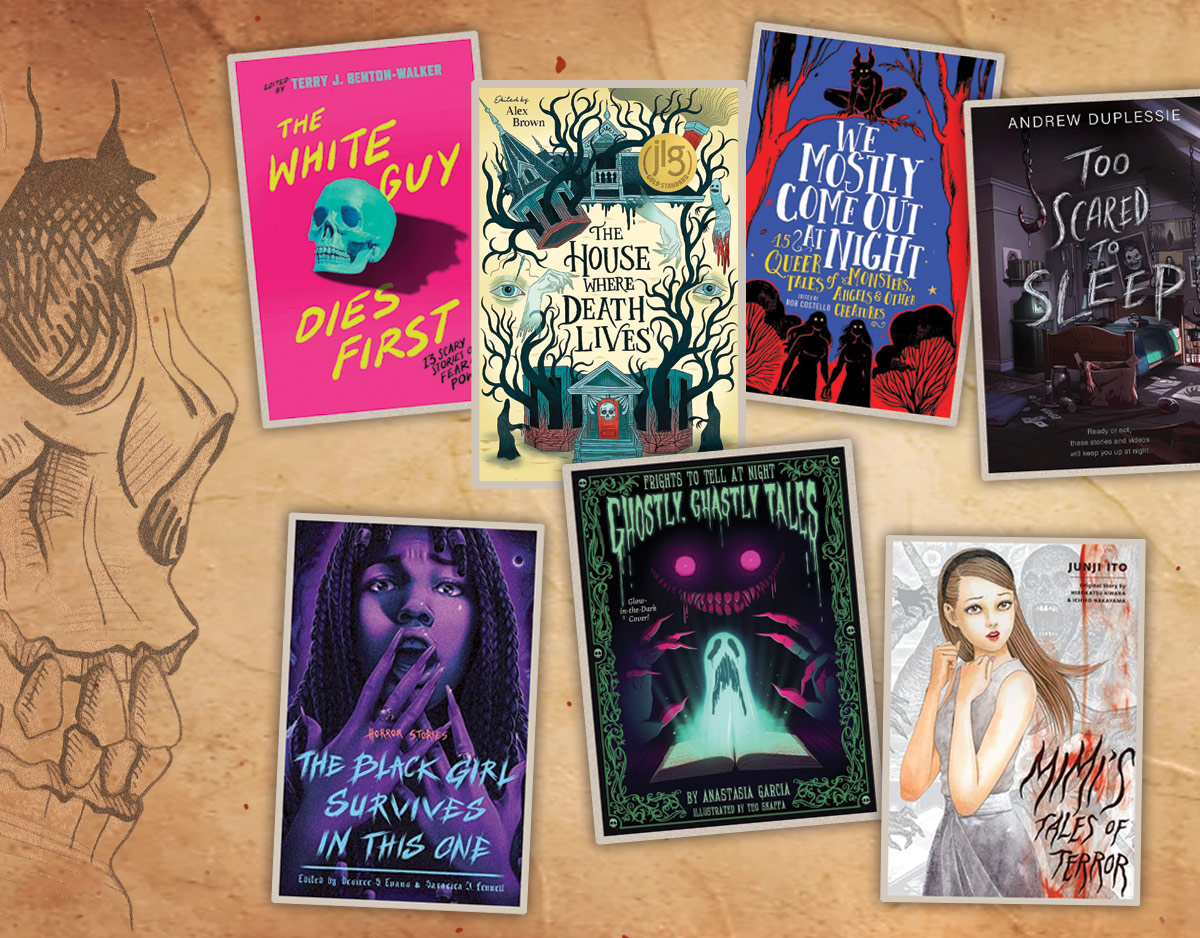
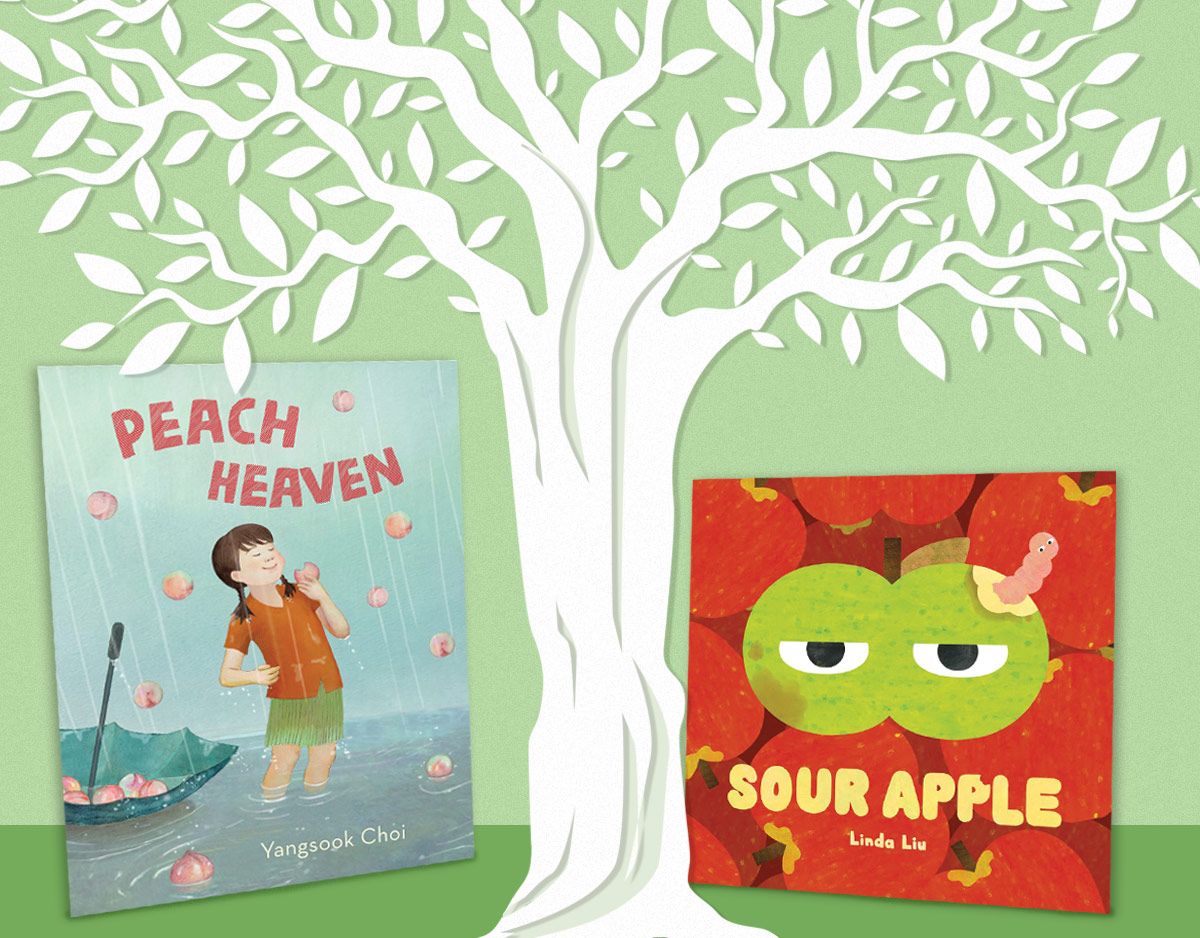
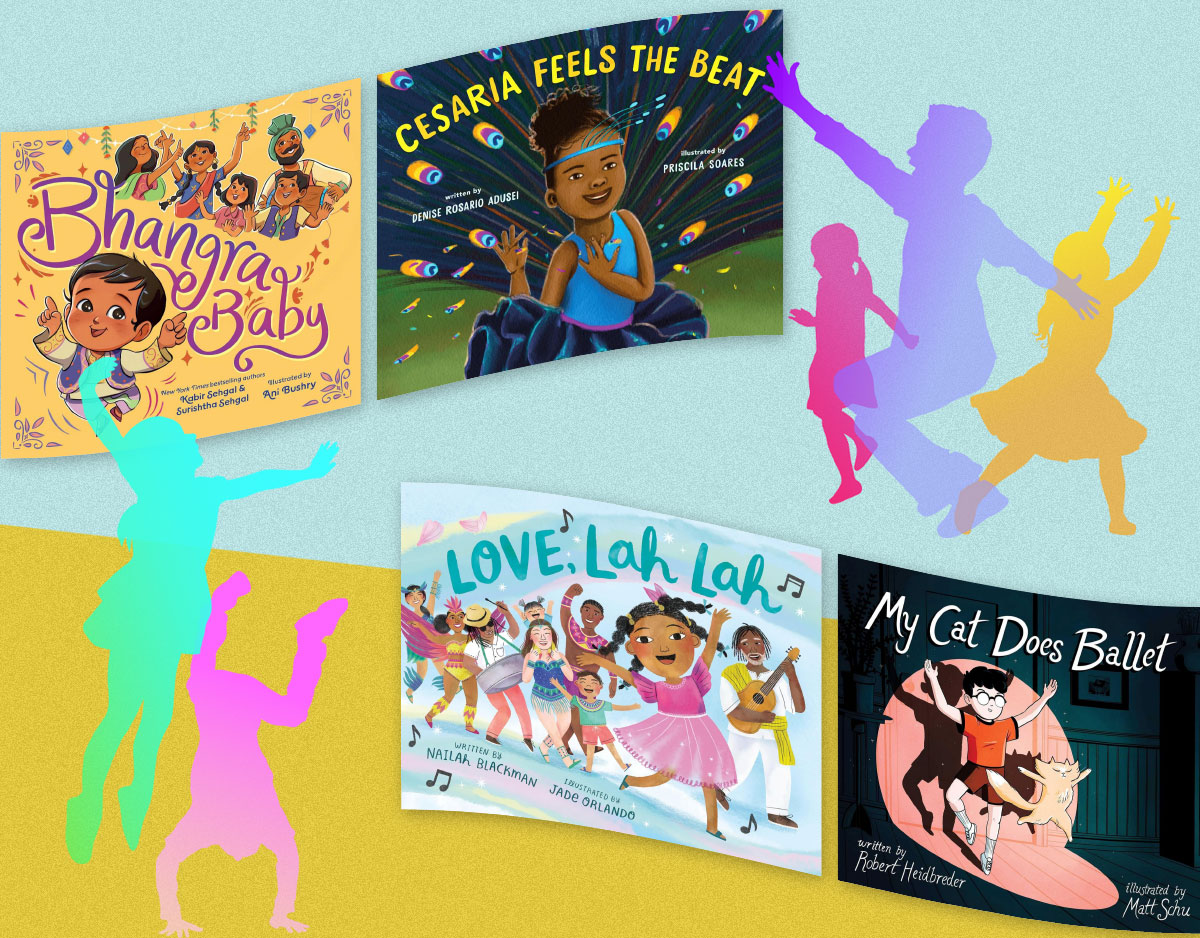
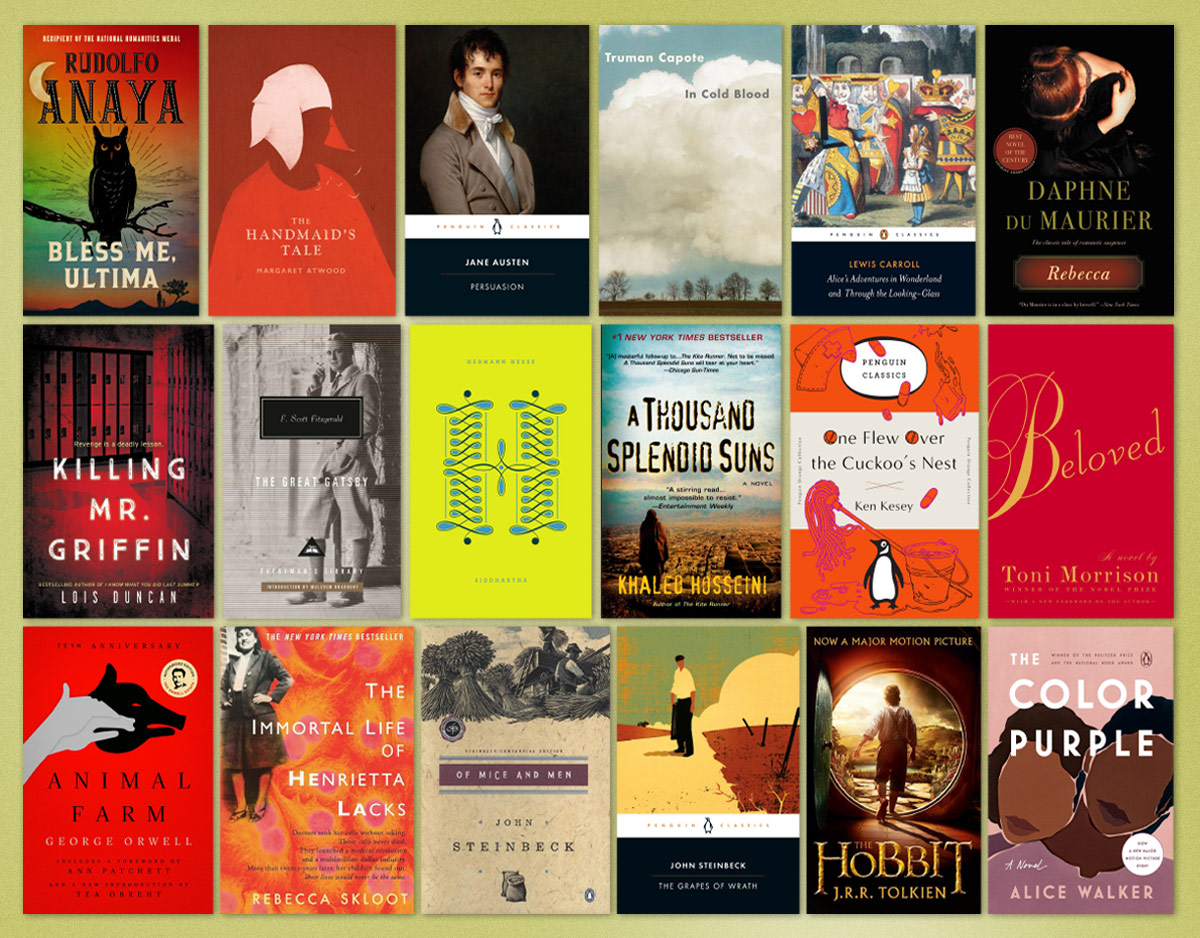
This title sounds fascinating. I’m not familiar with the author/illustrator and will look for it for the Doucette Library.
Thanks for contributing to today’s Nonfiction Monday event.
Tammy
Apples with Many Seeds
I don’t think we have this book in our community libraries yet. Will definitely recommend this one. I also love Kadir Nelson, I’ve read (and reviewed) a few of his books as well. Thanks for a very thorough and comprehensive review. Loved reading your notes.